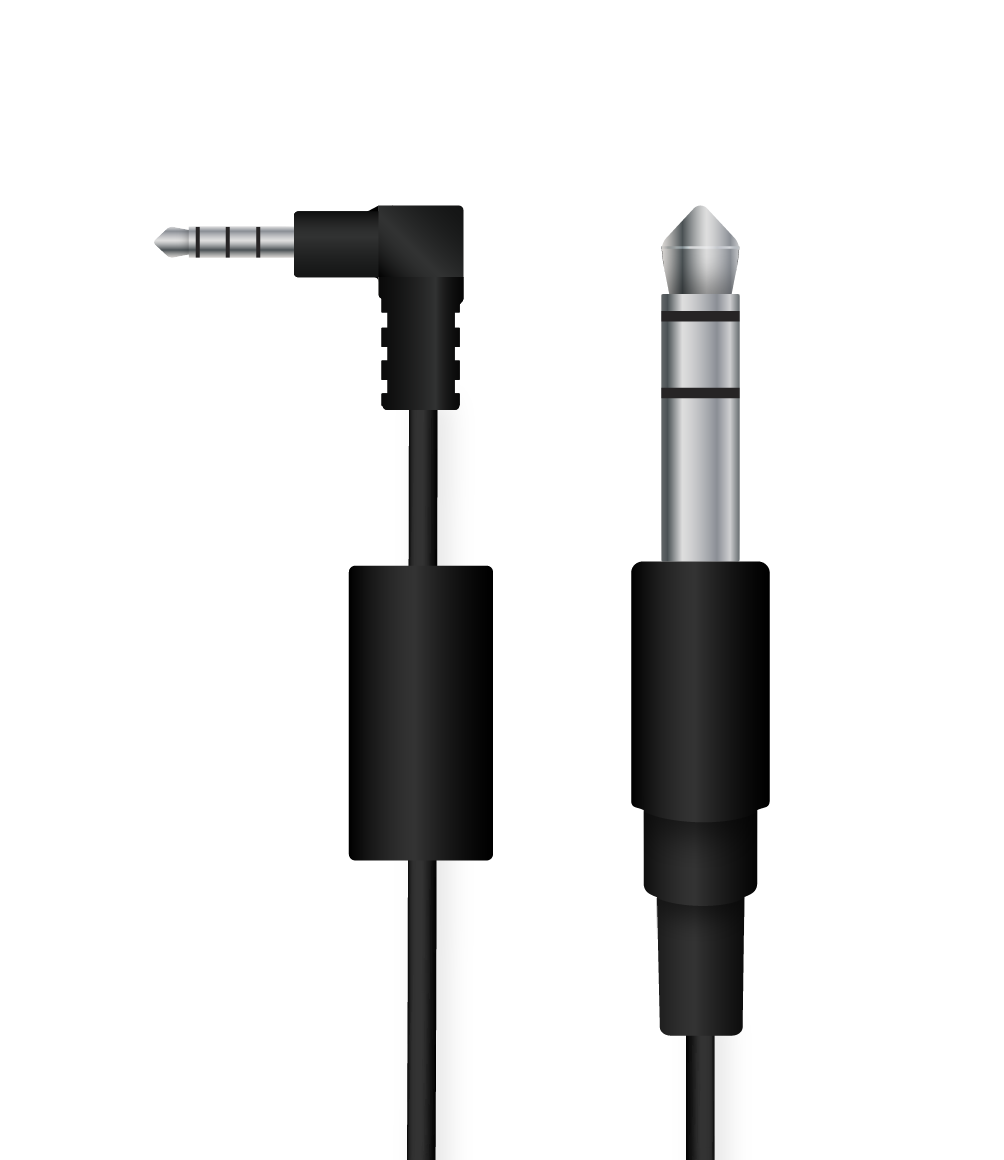- Home
- Products
- Wireless Audio Interfaces
- Daptor Two
Daptor Two
Wireless Phone Audio Interface- HD Voice (Wide-Band Speech)
- XLR Input/Output
- No AC or Battery Power Needed

Remote Broadcasts or IFB Feeds
Over a Cell Phone?
Connect your wireless phone to the Daptor Two using the included 1/4" TRS to 3.5mm TRRS cell phone interface cable. Send and receive voice band audio during regular calls, or full bandwidth audio using third party codec applications. Your device will recognize Daptor Two as a headset which will disable the internal mic and speaker.
Product Details
| Featured Products | |
| CT | CellTap 4C |
| D2 | Daptor Two |
| D3 | Daptor Three |
| Features | CT | D2 | D3 |
| HD Voice Compatible (7 kHz Wide-Band Speech) | |||
| Bluetooth Wireless Technology | |||
| 3.5mm TRRS to 3.5mm TRRS cable (CN150) | |||
| 1/4" TRS to 3.5mm TRRS cable (CN113) | |||
| Switch Selects Between Popular TRRS Configurations | |||
| 3.5 mm Stereo Input | |||
| 3.5 mm Stereo Output | |||
| 3-pin XLR Input/Output | |||
| 1/4" Input/Output | |||
| 3.5 mm TRRS Headset Jack | |||
| Screwdriver Caller Level adjustment | |||
| Passive Design (No Battery or AC Required) | |||
| > 18 Hours on one 9-volt Alkaline Battery | |||
| Made in America | |||
| Approved for Sale in Europe and Australia |
Audio Connections
You may use either the XLR input or 1/4" input, not both. The XLR input jack is disconnected when a cable is plugged into the 1/4" input jack. The same is true for the XLR and 1/4"output jacks.

Wireless Phone Headset Jack
Simply plug the included 1/4" TRS to 3.5 mm TRRS cell phone interface cable into the Wireless Phone Headset Jack of Daptor Two and into the 3.5 mm TRRS headset jack of any wireless phone or notebook computer that accepts a third party headset or earpiece. Cell phones that do not offer a 3.5mm TRRS headset jack will require an adapter (not provided) that allows the use of a third party 3.5mm TRRS headset or earpiece.

Specs
| Tech Reports | |
| HD Voice Primer | |
| Wireless Phone Compatibility | |
| Downloads | |
| Datasheet (106 kb) | |
| User Guide (139 kb) | |
| Specifications | |
| Input | Balanced Female XLR / Unbalanced 1/4" Mono |
| Impedance | 600 ohms |
| Level | 250 mV RMS (-10 dBu nom, 0 dBu max) |
| Output | Balanced Male XLR / Unbalanced 1/4" Mono |
| Impedance | 600 ohms |
| Level | 45 mV RMS (-25 dBu nom) |
| Misc | |
| Size | 4.4" x 2.7" x 1.2" (11.2 x 6.9 x 3.5 cm) |
| Weight | 9 oz. (250 g) |
Contact us at 1-815-786-2929
Privacy Policy
